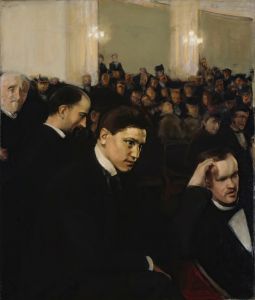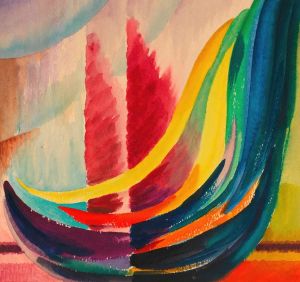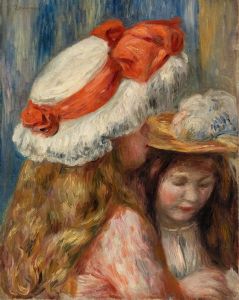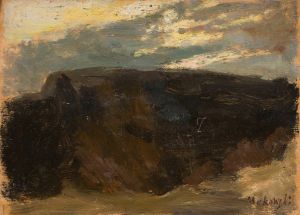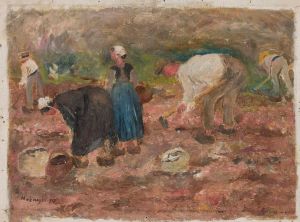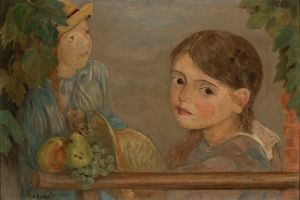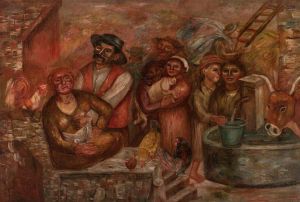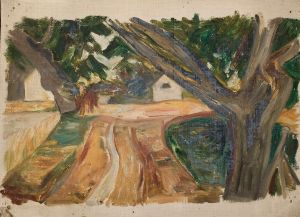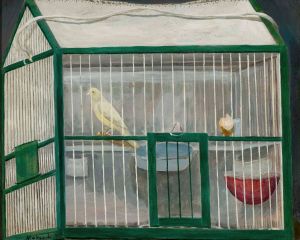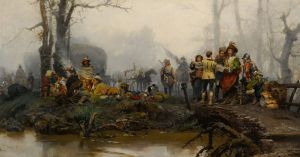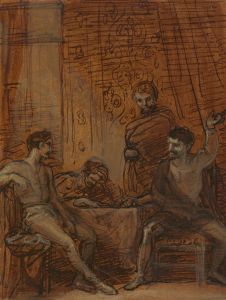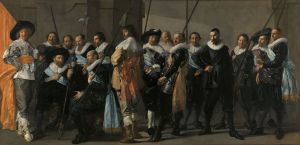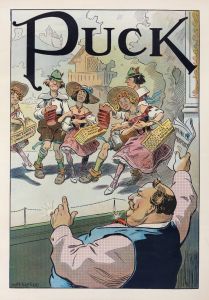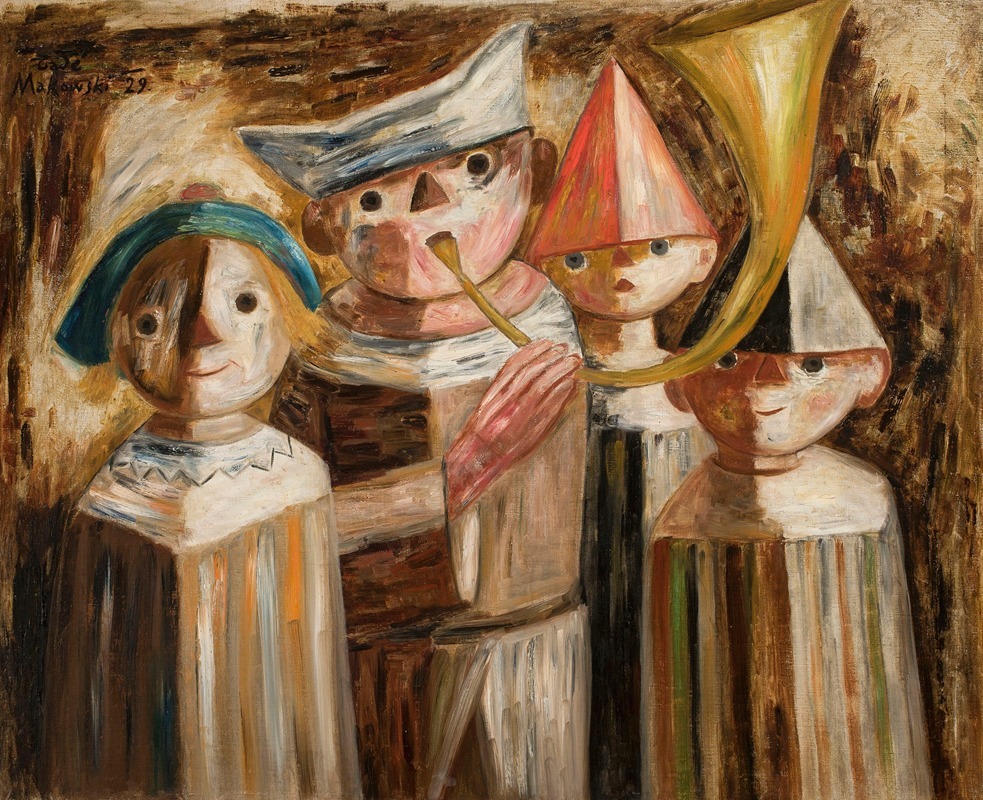
Four children with a trumpet
A hand-painted replica of Tadeusz Makowski’s masterpiece Four children with a trumpet, meticulously crafted by professional artists to capture the true essence of the original. Each piece is created with museum-quality canvas and rare mineral pigments, carefully painted by experienced artists with delicate brushstrokes and rich, layered colors to perfectly recreate the texture of the original artwork. Unlike machine-printed reproductions, this hand-painted version brings the painting to life, infused with the artist’s emotions and skill in every stroke. Whether for personal collection or home decoration, it instantly elevates the artistic atmosphere of any space.
Tadeusz Makowski was a Polish painter known for his unique style that combined elements of folk art, symbolism, and modernism. Born on January 29, 1882, in Oświęcim, Poland, Makowski initially studied classical philology at the Jagiellonian University in Kraków before pursuing his passion for art at the Academy of Fine Arts in Kraków. He later moved to Paris, where he became part of the vibrant artistic community and was influenced by various avant-garde movements, including Cubism.
One of Makowski's notable works is "Four Children with a Trumpet." This painting exemplifies his distinctive approach to capturing the innocence and simplicity of childhood, a recurring theme in his oeuvre. Makowski often depicted children in his works, using them as symbols of purity and unspoiled nature. His style is characterized by a blend of geometric forms and a muted color palette, which together create a sense of harmony and balance.
"Four Children with a Trumpet" reflects Makowski's fascination with the world of children and their activities. The painting portrays four children, each uniquely characterized, gathered around a trumpet. The composition is carefully arranged to draw attention to the interactions between the children and the musical instrument. Makowski's use of simplified forms and subtle colors enhances the whimsical and dreamlike quality of the scene.
The painting is a testament to Makowski's ability to convey emotion and narrative through minimalistic yet expressive means. His work often evokes a sense of nostalgia and longing for the simplicity of childhood, a theme that resonated with many during the early 20th century, a period marked by rapid industrialization and social change.
Makowski's time in Paris exposed him to various artistic influences, yet he maintained a strong connection to his Polish roots. This is evident in his incorporation of folk motifs and traditional elements into his work. Despite the modernist influences, Makowski's paintings retained a sense of timelessness and universality, appealing to audiences across different cultures and generations.
Throughout his career, Makowski exhibited his works in numerous galleries and exhibitions, gaining recognition for his unique artistic voice. His contributions to the art world were significant, as he bridged the gap between traditional Polish art and modern European movements. Makowski's legacy continues to be celebrated in Poland and beyond, with his works held in various prestigious collections and museums.
"Four Children with a Trumpet" remains an important piece within Makowski's body of work, encapsulating his artistic philosophy and his ability to capture the essence of childhood. The painting serves as a reminder of the enduring power of simplicity and the universal appeal of themes that transcend time and place. Through his art, Tadeusz Makowski invites viewers to reflect on the beauty of everyday life and the innocence of youth, making his work as relevant today as it was during his lifetime.





